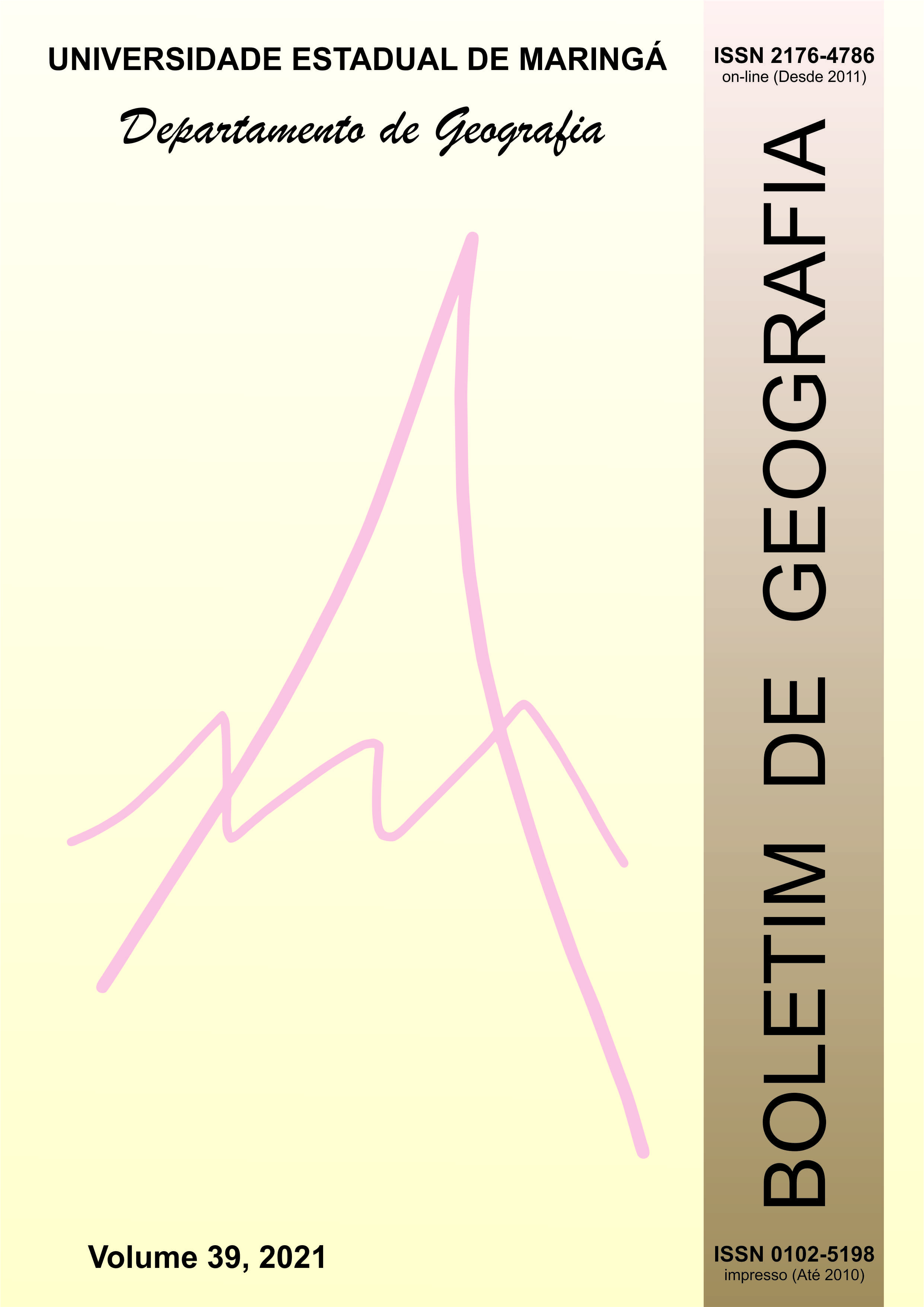Daily thermal range in the State of Paraná and Thermal Inertia Levels for houses with low energy consumption
Abstract
Buildings must perform the function of shelter with low environmental impact. Among the parameters for efficient building projects, there are the adaptive thermal comfort models, which impose limits on the daily thermal amplitudes in indoor environments. Between the strategies to provide buildings with adequate levels of thermal inertia are thermal capacity and thermal insulation, aiming to reduce the use of air conditioners and appliances, contributing to the population's comfort and quality of life. Thus, for the correct application of these measures, it is necessary to know the daily thermal amplitudes of the external environments. However, in Brazil, maps of daily thermal amplitudes or levels of thermal inertia recommended by climatic regions are not available. This research aimed to verify the daily thermal amplitudes and the levels of thermal inertia recommended for housing in the state of Paraná. For this purpose, data from meteorological stations installed in 49 municipalities were used, 29 of them in Paraná and the rest in the surroundings of the study area. Analyzes were performed based on different percentiles (99.5, 99, 97.5 and 95), 10 amplitude profiles and two reference values of the maximum recommended daily amplitude for the indoor environment of a building (5 °C and 7 °C). The maps produced allow designers, with coordinates of any location in the state, to obtain the daily thermal amplitudes of reference (external) for the project and the levels of thermal inertia (internal) recommended for houses.
Downloads
Copyright (c) 2021 Boletim de Geografia

This work is licensed under a Creative Commons Attribution 4.0 International License.
O Boletim de Geografia está licenciado através da Creative Commons Atribuição 4.0 Internacional (CC BY 4.0).
Autores que realizam submissões ao Boletim de Geografia concordam com os sequintes termos:
- Autores retêm todos os direitos autorais e concedem à Revista direitos exclusivos da primeira publicação, com o artigo licenciado sob os termos da Creative Commons Atribuição 4.0 Internacional (CC BY 4.0).
- Após a publicação, fica permitido ao autor a republicação em qualquer outros meios de divulgação, desde que mencionada a fonte original.












